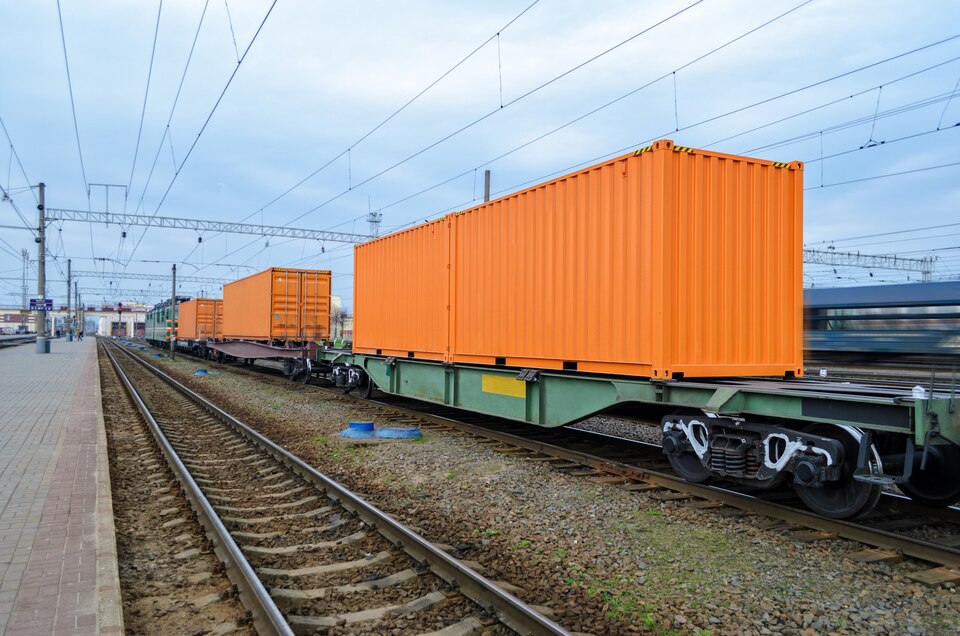In the transportation and logistics industry, railroads play a vital role in the movement of goods and materials across vast distances. Railcars serve as the workhorses of this system, capable of carrying large quantities of cargo efficiently.
To maximize the efficiency and safety of the railcar loading and unloading process, it is crucial to understand the intricate procedures involved in railcar loading and unloading.
In this blog post, we will explore the various aspects of railcar loading and unloading, from preparation to execution, highlighting the key considerations and best practices.
How to Improve Efficiency for Railcar Loading?
Training is one of the best ways to increase efficiency for railcar loading and unloading. There needs to be an implementation of regular training for your workers that goes over the best ways to approach the typical problems that arise. Moreover, this will the workers stay safe and improve their productivity effectively.
What’s the Process of Railcar Loading and Unloading?
Planning and Preparation:
Before any railcar loading and unloading process can take place, thorough planning and preparation are essential. This involves understanding the type of cargo, its quantity, and any specific handling requirements.
It is crucial to consider the dimensions and weight restrictions of the railcars, ensuring they are suitable for the cargo to be transported. Additionally, coordinating with rail operators and scheduling the loading/unloading process in advance helps avoid unnecessary delays.
Safety Considerations:
Safety should be the top priority during railcar loading and unloading operations. All personnel involved must adhere to strict safety protocols to prevent accidents and injuries.
This includes wearing appropriate personal protective equipment (PPE), using safety harnesses when working at heights, and following proper loading and unloading procedures. Furthermore, it is important to inspect the railcars and equipment regularly to ensure they are in good working condition.
Railcar Inspection:
Before loading or unloading, a thorough inspection of the railcar is necessary to identify any damages or defects. This inspection includes checking for signs of wear and tear, loose or damaged fittings, and ensuring the railcar is clean and free from any debris. Thus, any issues should be reported and addressed promptly to ensure the safe transportation of cargo.
Loading Procedures:
Positioning the Railcar:
The railcar should be positioned correctly, aligning it with the loading dock or ramp. Moreover, this ensures smooth and efficient transfer of the cargo.
Preparing the Railcar:
Prior to loading, the railcar should be prepared by opening the appropriate doors and securing them in the open position. Hence, this allows easy access to loading equipment and ensures proper ventilation if needed.
Loading Equipment:
Depending on the type of cargo, various loading equipment such as forklifts, cranes, or conveyor systems are used. These tools must be operated by trained personnel to prevent accidents and damage to the cargo or railcar.
Securing the Cargo:
Once the cargo is loaded, it must be properly secured within the railcar to prevent shifting or damage during transit. Moreover, this may involve using straps, chains, or braces to secure the cargo in place.
Documentation and Record-Keeping:
Accurate documentation of the loaded cargo is essential for tracking and inventory purposes. Furthermore, this includes recording the type, quantity, and any special handling instructions associated with the cargo.
Unloading Procedures:
Positioning the Railcar:
The railcar should be positioned correctly at the unloading point. Hence, ensuring easy access to unloading equipment.
Unloading Equipment:
Depending on the nature of the cargo, appropriate unloading equipment such as cranes, conveyors, or suction devices are used to remove the cargo from the railcar.
Moreover, the equipment should be operated with care to prevent damage to the cargo or railcar.
Unloading and Storage:
As the cargo is unloaded, it is transferred to the designated storage area or transported for further processing. The unloading process should be monitored closely to ensure the cargo is handled safely and efficiently.
Inspection and Reporting:
After unloading, a thorough inspection of the railcar should be conducted to identify any damages or issues.
Additionally, any findings should be promptly reported, allowing for necessary repairs or maintenance.






